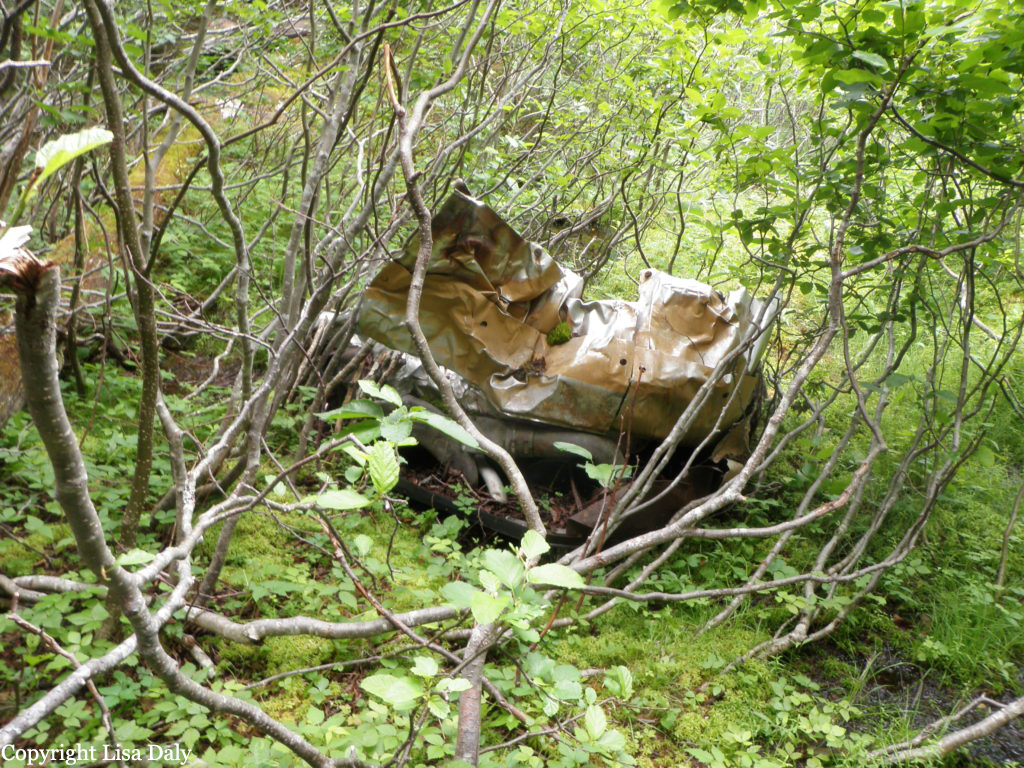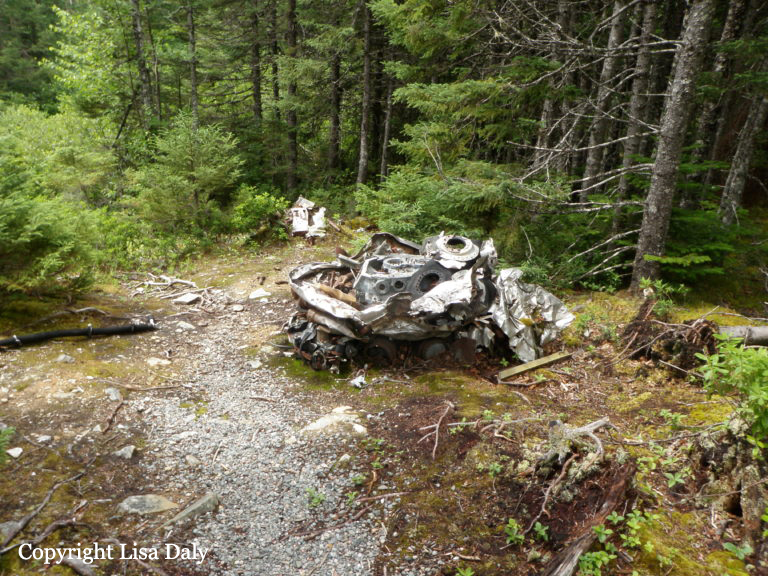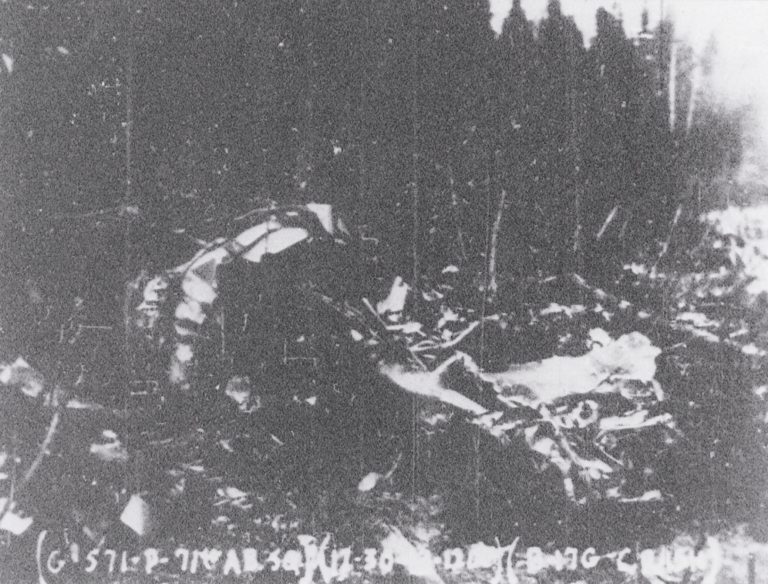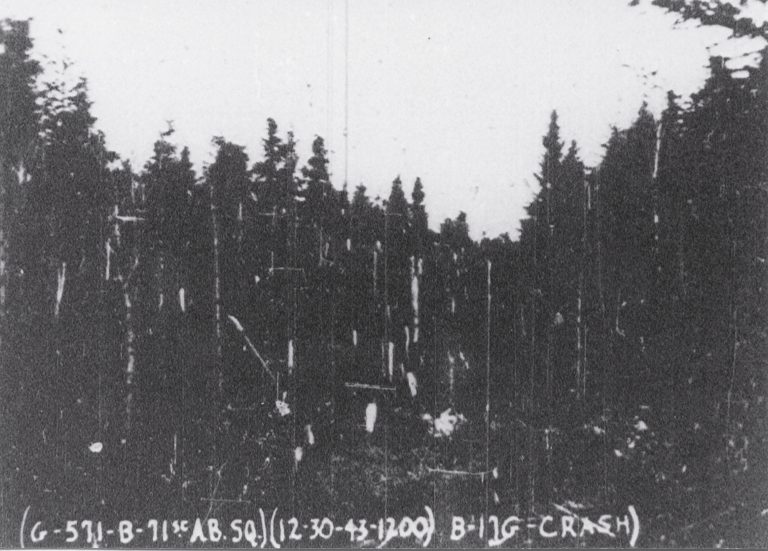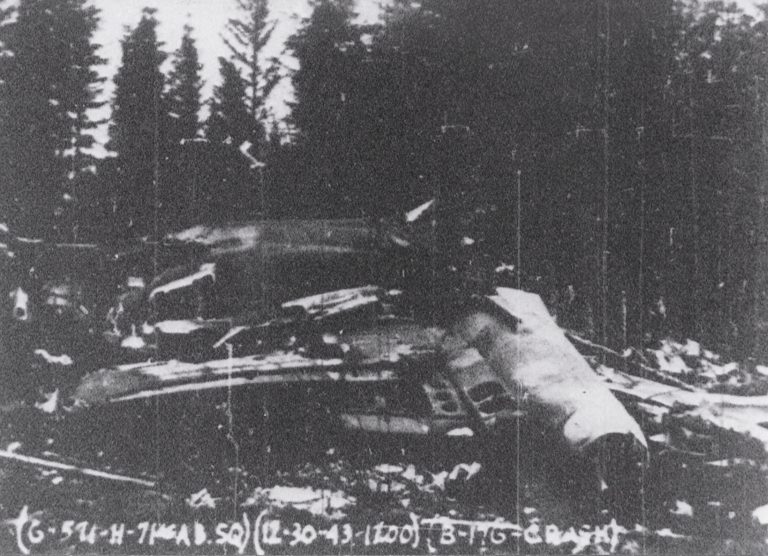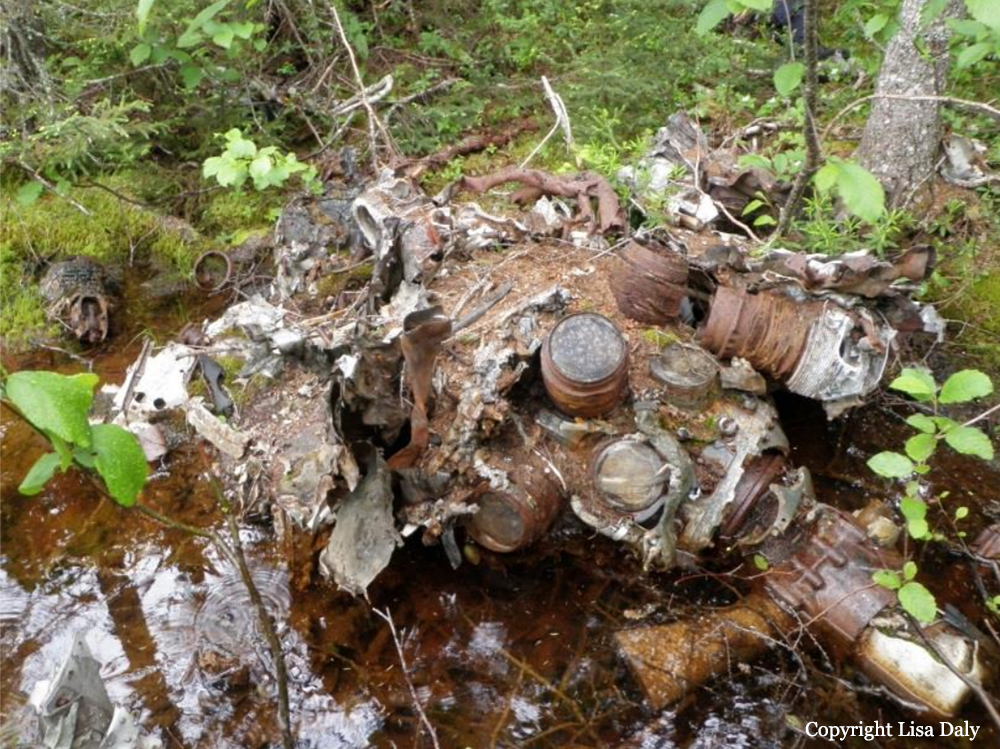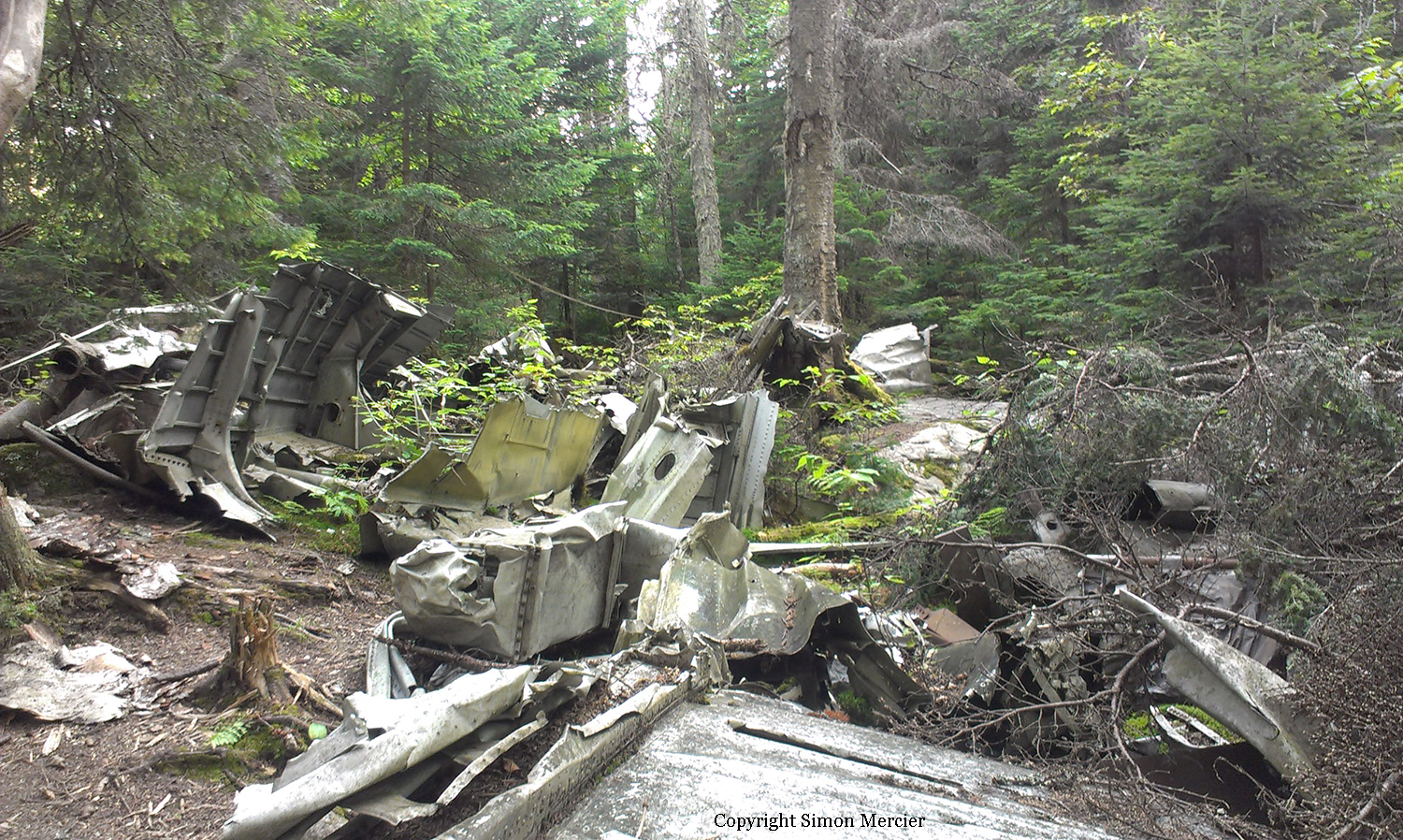Crash of a Noorduyn Norseman in Carpenter Lake: 2 killed
Date & Time:
Feb 27, 1944
Registration:
43-5287
Survivors:
No
MSN:
278
YOM:
1943
Crew on board:
1
Crew fatalities:
Pax on board:
1
Pax fatalities:
Other fatalities:
Total fatalities:
2
Circumstances:
The passenger and the pilot were engaged in a reconnaissance flight following the recent disappearance of an airplane. In unknown circumstances, the single engine aircraft crashed near Carpenter Lake, killing both occupants.




